The online shopping industry is gaining popularity all over the world, so e-commerce sites are extremely demanded nowadays. We can find many options available online to build and host an e-commerce website, but Magento cloud hosting is considered to be one of the most robust, flexible and scalable open source e-commerce platforms on the market.
Magento includes a wide range of tools to build and manage an online store. It is well known in the developer community for its use of object-oriented programming (OOP) and especially for its use of the Entity–attribute–value (EAV) model. This allows Magento to be enough versatile at storing a large range of data.
Magento can be automatically deployed and hosted in the cloud with the help of Jelastic PaaS. There are two installation packages with different web-servers used in the topology – NGINX or LiteSpeed. It’s pretty easy to get them up and running, just follow a few simple steps below.
1.Enter the Jelastic dashboard, find the Magento Standalone package in the Marketplace and press Install.
Alternatively, you can import the Magento manifest with the needed topology:
2.In the opened popup dialog, specify the name of Environment and choose the preferred Region.
If the installation of Magento on LiteSpeed Web Server is available on the chosen service provider, there will be the checkbox Install LiteSpeed High-Performance Web Server. And if you prefer NGINX-based installation, just untick this option.
Click on the Install button.
3.Wait a few minutes till the installation is completed.
4.Follow the Magento environment link to open Magento welcome page.
5.Use credentials from the successful installation message or received email notification to access the admin panel and start managing your e-commerce platform.
Everything is set up and ready! Magento is not only user-friendly but also beneficial for merchants as they can manage multiple stores within a single admin panel. It is a perfect shopping cart that meets the requirements of today’s competitive business. Try it out yourself at one of public Jelastic PaaS service providers.
We hope you found this post useful. If you have any experience with scalable Magento hosting please share your viewpoint in the comment section below.



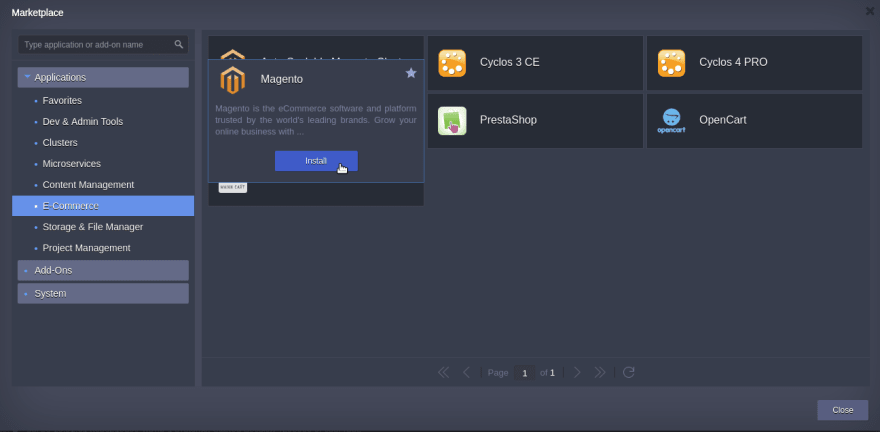
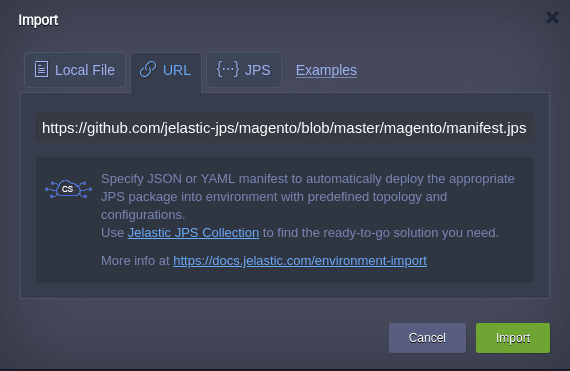
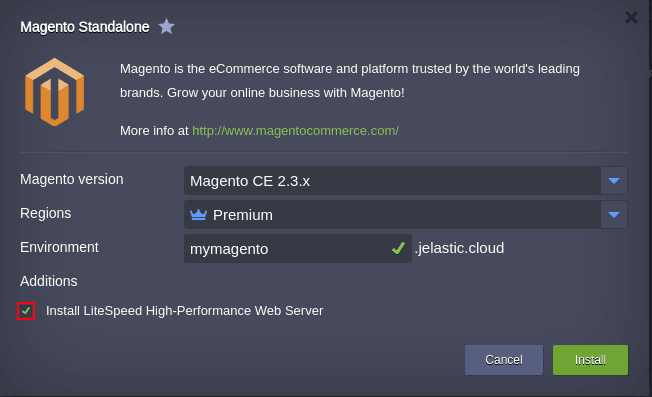
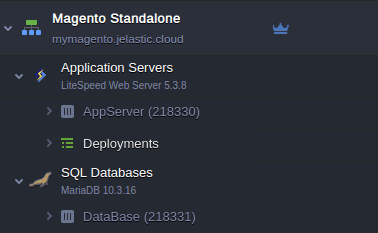
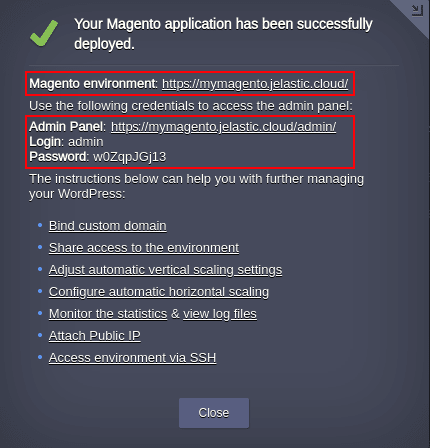

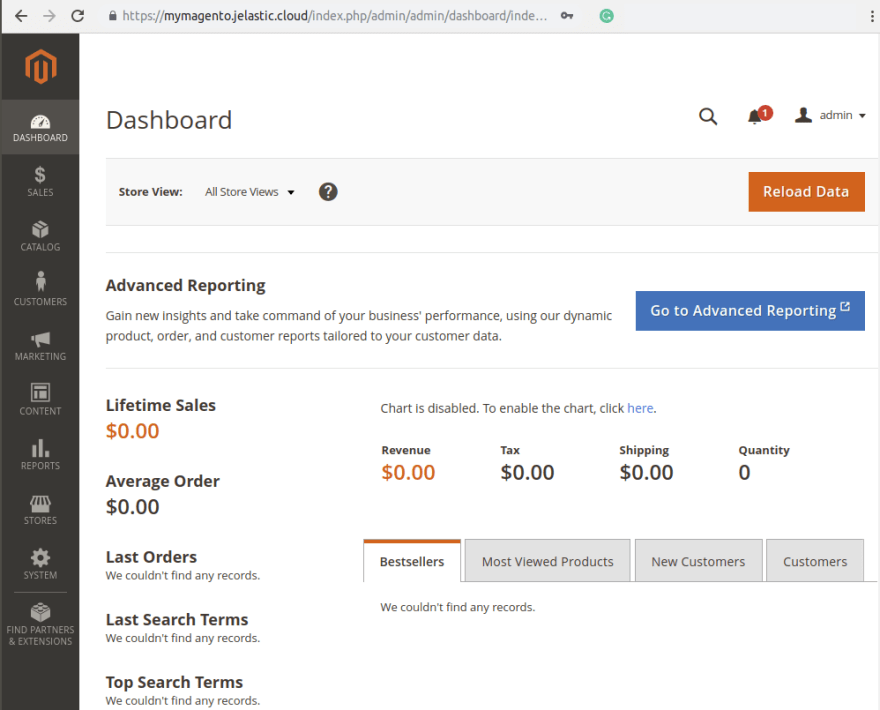




Top comments (3)
Magento Magento hosting is one of the most robust, flexible, and scalable platforms for building and managing e-commerce websites. With its versatile use of object-oriented programming and the Entity-attribute-value model, Magento easily handles large amounts of data. Deploying Magento in the cloud using PaaS is simple and offers multiple web server. In just a few steps, merchants can set up their e-commerce platform and manage multiple stores from a single admin panel. For those preferring simplified management, managed hosting services can further ease deployment and upkeep.
Magento offers a variety of features and customization options suitable for small businesses to large enterprises. Key features include a flexible catalog system, extensive third-party integrations, multi-store capabilities, advanced marketing tools, and a strong community support network. However, whether Magento is the best ecommerce platform for you depends on your specific needs and requirements. But other e-commerce platforms should be considered also because not every firm requires Magento.
Thanks for sharing this awesome article with us. Yes, I do have some experience with scalable magento cloud hoting and I must say that it's a big relief. As, you can easily scale the server in the peak time of the years.
Although, I am not talking about the Jelastic server. But instead, this is the server I am referring to: cloudways.com/en/magento-managed-c...
Some comments may only be visible to logged-in visitors. Sign in to view all comments.